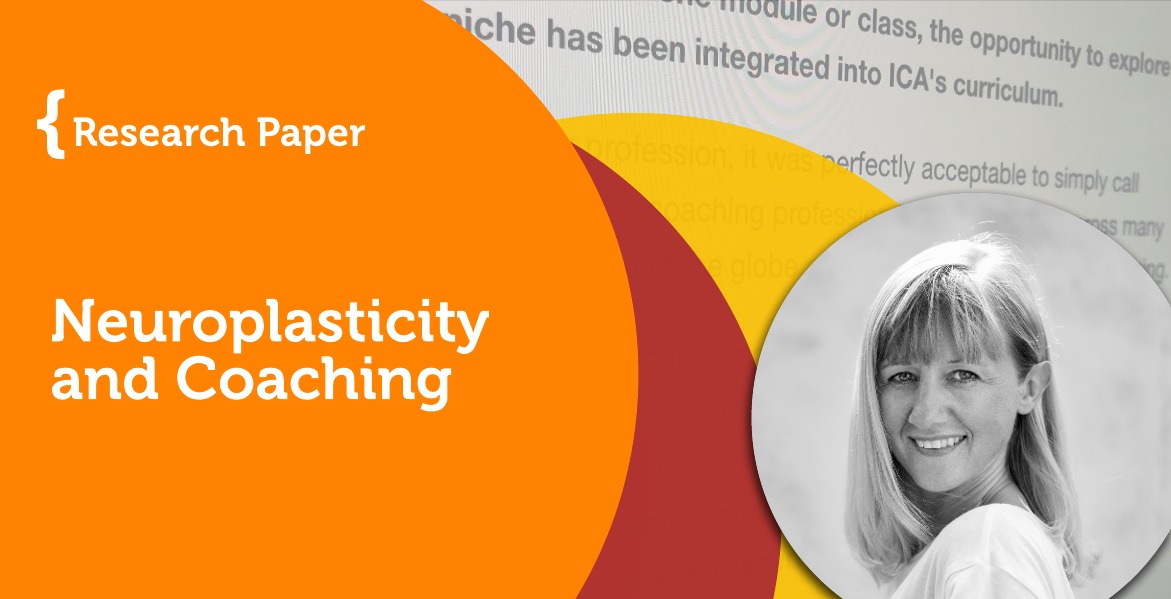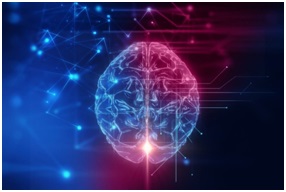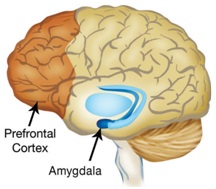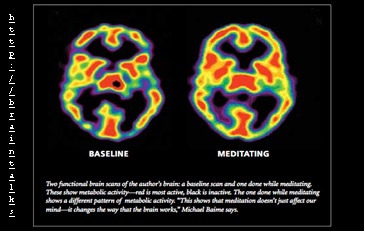
Research Paper By Victoria Tanner
(Expat Women, UNITED KINGDOM)
What is Neuroscience?
“Neuroscientists focus on the brain and its impact on behavior and cognitive functions, or how people think.”[1]
What is Neuroplasticity?
“The ability of the brain to develop new neurons and/or new synapses in response to stimulation and learning…..”[2]

From the moment I read my first article about brain-based coaching[3], I wanted to learn more. It interested me so much because if I can understand how something works, I find it much easier to believe it can work. Reading about how our thoughts (or lack of) develop our brains, which in turn affects our habits, decisions, emotions, etc, helped me to see more clearly how a coach’s toolkit of skills so remarkably supports their clients’ lives in a very positive way.
Our thoughts and emotions are so very personal and deep-rooted, it seems impossible that we can just change them whenever we choose to. However, when you understand just a tiny bit about neuroscience, you realize that they can actually be changed, through choice and on purpose, and they can indeed become new habits.
Anyone who has a coach, or is looking to find one, wants to make progress in some form or another and a coach is there to support their client with that process. In order to make progress, we have to take action. However, more often than not, action requires change, and we all know how difficult that can be!
In David Rock’s article, “A Brain-Based Approach to Coaching”, he explains why… Our basal ganglia, located near the core of our brain, operates automatically and, essentially, without the need for conscious thought. Any of our bodily functions stored here, like routine habits, eye movement, control of voluntary motor movements and emotions, require less energy to execute. This differs greatly from our pre-frontal cortex, where our working memory is stored and which we use to learn new things, in that it tires very easily.
In the beginning, when we try to make changes and learn new habits, we are using our pre-frontal cortex. This requires effort and concentration but, once we have mastered our learning, we push it down into the basal ganglia, our automatic pilot, and it becomes more habitual.
All our habits are truly hard-wired (down in the basal ganglia) and trying to change them takes a lot of effort. This is why taking action and making changes, is so difficult. This is also why having a coach is so beneficial!

Coaches can support the client to focus on the changes they want to make.
Understanding that these changes won’t always require so much effort and that we can actually create new habits out of them makes the possibility of trying, so much more attractive.
So, we know the (extremely) basic science behind why change is so difficult, but how can coaching help? Here’s a little more science behind why our coaching skills truly work.
- Visualization: As we use the same part of our brain for both tasks, there is little difference between visualizing something and actually doing it… from our brain’s perspective at least.
For example, if you imagine something with rich emotion and in lots of detail (visualization), your brain records it as a real memory. So, if we’re concerned about a future event, visualizing a positive outcome helps us envision the entire event more positively, as our brain sees it as something we’ve already experienced. We’re more confident in our ability to carry out the task, as we’ve successfully done it before (if only in our mind).
Also, studies show that practicing something in our mind, like a musical instrument, can be just as effective as real practice! When we visualize it, the same regions of the brain are stimulated and new neural networks are created!

Furthermore, the Reticular Activating System (RAS) in our brain filters out irrelevant information that we don’t need/want. We can only consciously process around 40-120 bits of information per second, but our subconscious can process around 11 million bits of information! By using visualization, we are telling our RAS what’s important to us so it can keep our goals at the forefront of our conscious awareness.
- Focusing on the future and our desired outcomes:
When we focus on problems, how to solve them and what their cause is, we are usually left feeling drained, disheartened and very unresourceful. Focusing on solutions, however, energizes us, helps us feel inspired and encourages us to take action.
As coaches, when we ask questions such as “If you had all the clarity/confidence/answers you needed, what would you be doing differently?”, it encourages the client to focus on their desired outcome and moves them into a more active state of thinking. This enables them to explore more easily, solutions to their current dilemma. Without first finding the desired outcome to a problem, clients may be inclined to simply share information with no solution in mind. If that’s the case, it makes it very hard to work towards anything.
In David Rock’s article on brain-based coaching (referenced above), Jeffrey Schwartz states:
With enough attention [density], individual thoughts and acts of the mind can become a part of who we are, a part of how our brains work, and so play a role in how we perceive the world. In other words, the power is in the focus. Where we choose to put our attention changes our brain and changes how we see and interact with the world….. where we put our attention, we create connections…..

When clients have an “Aha!” moment as they reflect on their situation, a new set of connections are being made in the brain. Adrenaline is released into their system and strong brain waves are emitted. These waves imply that various different parts of the brain are creating a whole new map to help the client see their problems more clearly – they are actively finding their own solution!
This is why, in order for change to take place, it is very important that clients find their own solutions, so that the “Aha!” moment can be reached, and a new super map in their brain can be formed!
If we continually focus on our problems, we are literally rewiring our brain so that those negative thoughts “flow” more easily. It’s like riding a bike through a muddy trail. If you continue cycling in the same spot, it will become increasingly difficult to get out of the rut. The same can be said for our brains. When we constantly focus on our problems, we’re connecting neurons in our brain that always follow the same path and therefore make it increasingly difficult to find solutions.
If we can help our clients to reframe their perspective, change their mindset, and focus on their desired outcome, it helps them (i) get out of the rut, (ii) continue on a different train of thought and (iii) find their own solutions. As we have already learned, the more we perform an action in a certain way, the more it gets physically wired into our brain and more we’ll focus on solutions to our problems instead of the problems themselves.
- Mindfulness Meditation:
When we are anxious or worry a lot, those are the networks in our brain that become stronger. The more we worry, the better we are at it! However, in order to make our brain rewire the way we want it to, we need to give it a helping hand. So, if we want to worry less, the idea is to come up with an activity that refocuses our attention, for example, expressing gratitude. This will encourage our brain to use the circuits associated with the new activity (in this case gratitude) rather than the circuits associated with worrying.

In time, the area of your brain associated with gratitude will overpower the area of your brain associated with worrying and, as we feel gratitude more often, it will get stronger and stronger and the worrying will get lesser. The opposite is also the case, however. Overuse the regions of the brain associated with depression and the regions for happiness, that aren’t being used, become weaker.

So how do we achieve a more positive outlook to encourage specific regions of the brain to get stronger? By Mindful Meditation. Being mindful helps us become more aware of our emotions, to recognize our gut feelings and to be more self-aware in general. After a time (as little as just 8 weeks of meditation), and as our brain strengthens, it’s possible for us to increase our self-awareness, making it easier for us to see when anxiety/anger/frustration is getting the better of us. For example, seeing these thoughts for what they really are…. simply passing thoughts, and not necessarily something we need to dwell on. As we already know, if we constantly dwell on a problem, that’s the part of our brain that will get stronger!
It also helps to be mindful of the positive experiences in our life. To really focus on the good things, like noticing when something goes well or when people treat you kindly. Vividly memorizing the physical sensations will deliberately enhance the way our brains form memories of these experiences (subsequently making our memories more positive).
Finally, MRI scans show that after an 8-week course of mindful meditation, our Amygdala (the part of our brain associated with fear and emotion) shrinks in size! Furthermore, our Pre-frontal Cortex (the part of our brain associated with concentration and decision making), actually becomes stronger! This basically means that through mindful meditation, our response to stress seems to be superseded by more thoughtful ones.
Even though I have only touched the surface of neuroplasticity and how coaching can help our brains to rewire themselves in a more positive way, I have absolutely loved writing this Research Paper. I know without a doubt that I will be doing more research on it in the future, and hope to one day make it an integral part of my coaching model.
Resources:
[1]https://www.medicalnewstoday.com/articles/248680.php
[2]https://www.oxfordreference.com/view/10.1093/oi/authority.20110803100230276